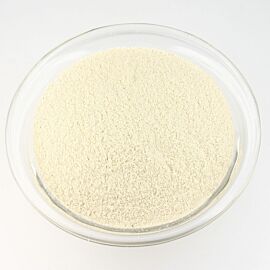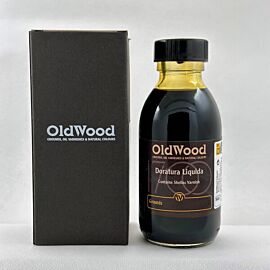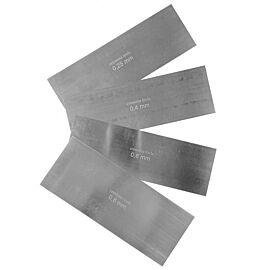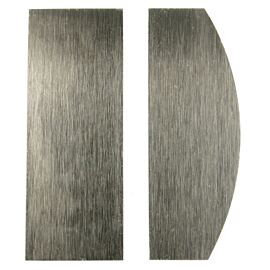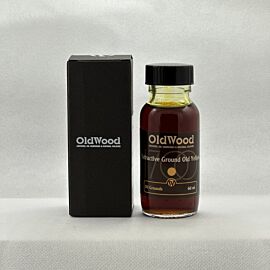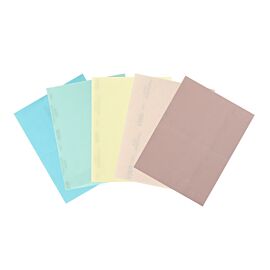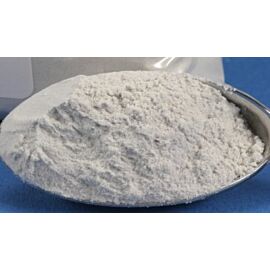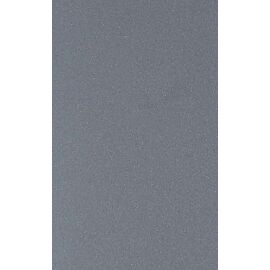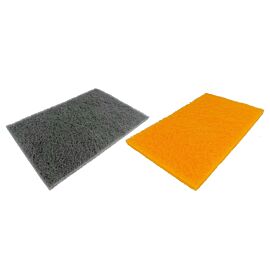€3.03
In stock
Horsetail (equisetum) hand-picked, pack of 12 pieces mixed in length, diameter and colour.
In the book "The secrets of Stradivari" Sacconi indicates the asprella (equisetum, commonly called horsetail) as the best solution for final wood polishing because the asprella produces a clean and shiny cut on the worked surface.
In the book "The secrets of Stradivari" Sacconi indicates the asprella (equisetum, commonly called horsetail) as the best solution for final wood polishing because the asprella produces a clean and shiny cut on the worked surface.
Details
The use of horsetail for wood finishing was common as early as ancient Egypt. The stems of horsetail plants were cut and occasionally shaped into tools to finish particular sections. This system for polishing the surface of wood has always been recognized as effective since there are traces of its use even in Greek and Roman times, and continuing until the Renaissance.
Horsetail works as an abrasive because it is rich in silica and other different minerals in high quantities.
The cutting part is the external one and must be used only in one direction to avoid leaving lines, i.e. transversally along its length. Keep in mind that each piece is different even if they come from the same plant. It can be used both dry and wet, and even fresh or old.
Although not always, and this could have to do with the different mineral content, when fresh it can leave green streaks on the wood which however after a few days become a beautiful brownish color. Dry it can only be used when fresh and green, therefore still moist enough to be cut, opened and used without crumbling.
For wet use, immerse the pieces in warm water for 10/15 minutes and then spread them between 2 boards and a couple of paper napkins to dry. Then you can cut your favorite or needed shapes and sizes, and use them as they are or glue them onto flat or curved surfaces to aid smoothing. For the curves we recommend gluing on soft supports with the use of double-sided foam adhesives. But in the same way you can glue horsetail on your fingers.
The beauty of horsetail is that it is so pleasant to use that it is difficult to imagine that the old Masters did not use it extensively. And even if the process of using it therefore takes a little time it is really worth trying it, but after that you will no longer be able to do without it!
Horsetail works as an abrasive because it is rich in silica and other different minerals in high quantities.
The cutting part is the external one and must be used only in one direction to avoid leaving lines, i.e. transversally along its length. Keep in mind that each piece is different even if they come from the same plant. It can be used both dry and wet, and even fresh or old.
Although not always, and this could have to do with the different mineral content, when fresh it can leave green streaks on the wood which however after a few days become a beautiful brownish color. Dry it can only be used when fresh and green, therefore still moist enough to be cut, opened and used without crumbling.
For wet use, immerse the pieces in warm water for 10/15 minutes and then spread them between 2 boards and a couple of paper napkins to dry. Then you can cut your favorite or needed shapes and sizes, and use them as they are or glue them onto flat or curved surfaces to aid smoothing. For the curves we recommend gluing on soft supports with the use of double-sided foam adhesives. But in the same way you can glue horsetail on your fingers.
The beauty of horsetail is that it is so pleasant to use that it is difficult to imagine that the old Masters did not use it extensively. And even if the process of using it therefore takes a little time it is really worth trying it, but after that you will no longer be able to do without it!



